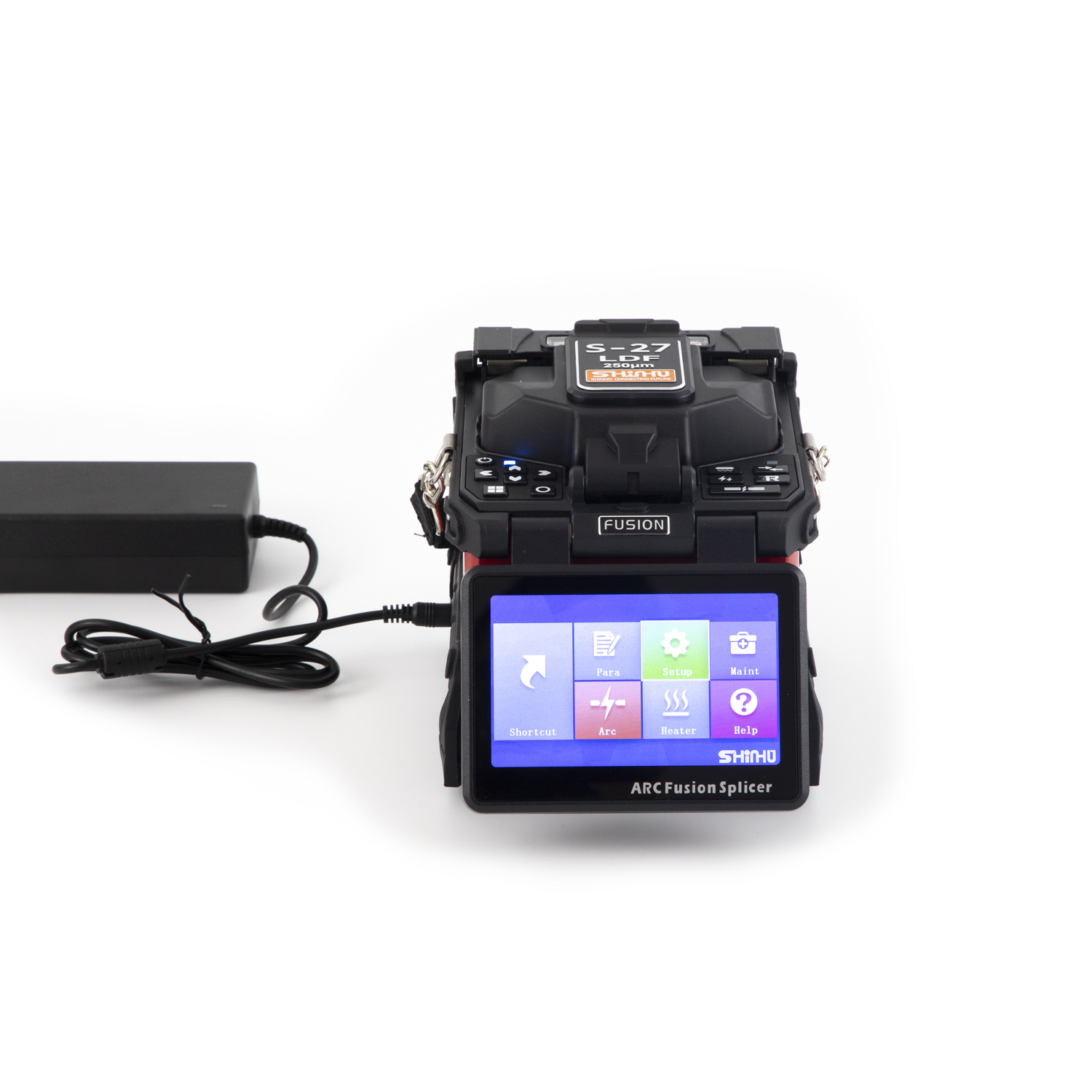Categories
Latest Blog
Detailed Explanation of The Principle and Characteristics of Fiber Lasers(II)
Fiber
laser generally uses fiber grating as resonant cavity, semiconductor laser as
pump source, pump light is coupled into gain fiber from the beam combiner and
is reflected multiple times in the cladding through the doped fiber core,
forming population inversion and output laser.
Fiber
lasers can also be divided into single-mode and multi-mode. Single-mode fiber
lasers use single-mode fiber as the gain medium, and only operate the
fundamental mode laser stably. The single-mode laser has concentrated energy
and small divergence angle. It has advantages in laser processing that requires
high energy density, but the power of single-mode lasers is generally below 2kW. You could use Shinho S-27/S-37 to splice.Multi-mode fiber lasers exist in both the fundamental mode and other high-order
modes. Therefore, the beam is diverged, the spot is larger, and the power is
higher, which is more suitable for processing that requires a heavier heating
area.
The
application range of fiber lasers is very wide, including laser fiber
communication, laser space telecommunication, industrial shipbuilding,
automobile manufacturing, laser engraving, laser marking, laser cutting,
printing rolls, metal and non-metal drilling/cutting/welding (brazing) , Quenching,
cladding and deep welding), military and national defense security, medical
equipment and equipment, large-scale infrastructure and so on.
Fiber
lasers are often divided into pulsed and continuous fiber lasers. Pulsed lasers
have large output power and are suitable for marking, cutting, ranging, etc.
The overall growth rate of continuous laser pulsed lasers is lower than that of
medium and high-power continuous lasers, and the barriers are lower. There are
many domestic participants and the market competition is fierce. At present,
the performance of domestic manufacturers' products is almost the same as that
of imported products, but the price is about half of that of imported products.
The fiber laser can be designed integrated, with high reliability, good stability,
compact structure and low manufacturing cost.
As
a representative of the third-generation laser technology, fiber lasers have
the following advantages:
(1)
The advantages of miniaturization and intensiveness brought about by the low
manufacturing cost of glass optical fiber, mature technology and the
flexibility of optical fiber;
(2)
The glass fiber does not need to have a strict phase matching for the incident
pump light like a crystal, which is due to the non-uniform broadening caused by
the splitting of the glass matrix, which results in a wider absorption band;
(3)
The glass material has a very low volume-to-area ratio, fast heat dissipation
and low loss, so the conversion efficiency is high, and the laser threshold is
low;
(4)
The output laser has many wavelengths: this is because the energy levels of
rare earth ions are very rich, and there are many kinds of rare earth ions;
(5)
Tunability: Rare earth ions have wide energy levels and glass fiber has a wide
fluorescence spectrum.
(6)
Because there is no optical lens in the resonant cavity of fiber laser, it has
the advantages of adjustment-free, maintenance-free and high stability, which
is unmatched by traditional lasers.
(7)
The optical fiber is exported, so that the laser can be easily qualified for
various multi-dimensional and arbitrary space processing applications, making
the design of the mechanical system very simple.
(8)
Competent in harsh working environment, with high tolerance to dust, shock,
impact, humidity and temperature.
(9)
High electro-optical efficiency: The comprehensive electro-optical efficiency
is as high as 30%, which greatly saves power consumption during work and saves operating
costs.
(10)
High power, the current commercial fiber laser has reached 20,000 watts.
SHINHO S-27 is made for fiber laser application, welcome to contact us.

© Copyright: SHINHO OPTICS LIMITED All Rights Reserved.